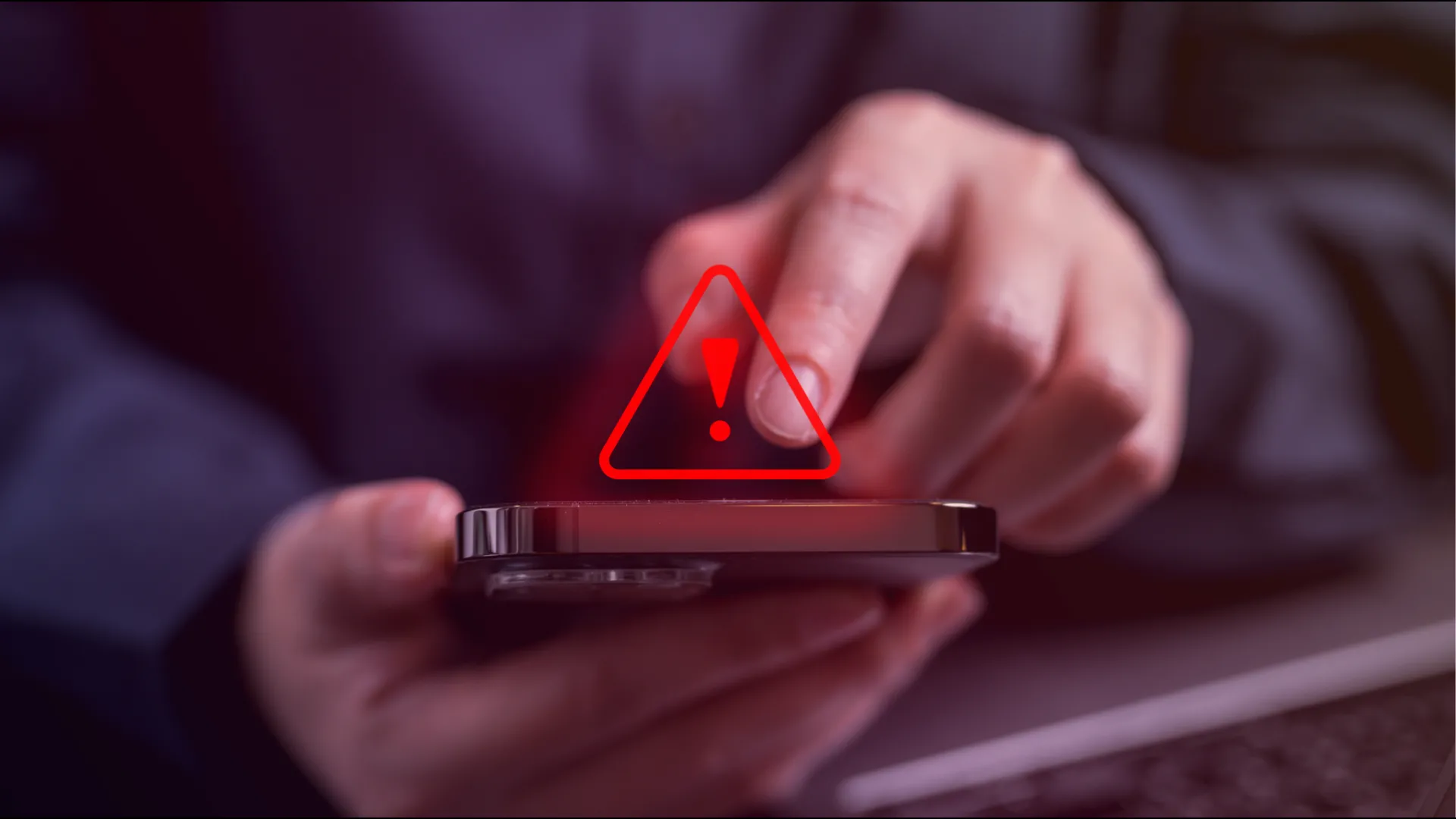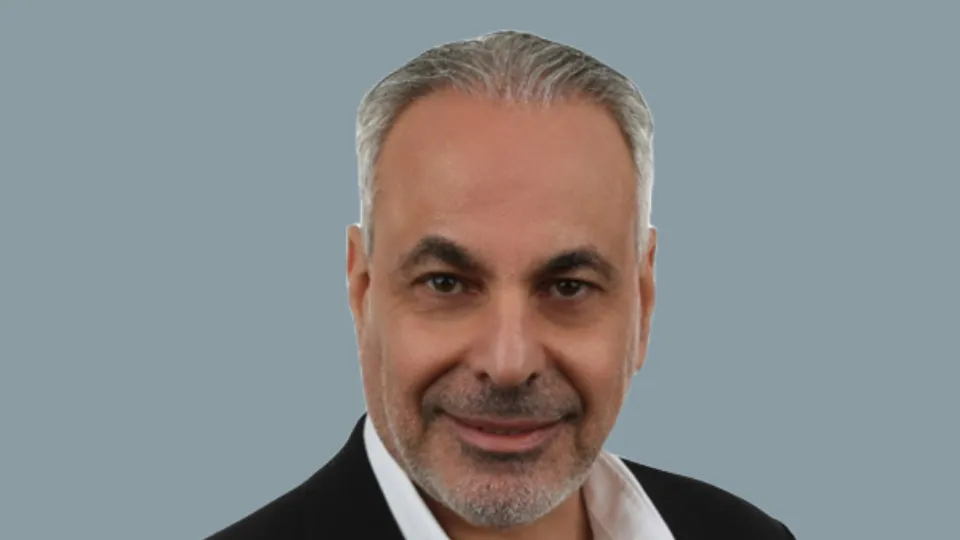Africa is a continent rich in diversity, culture, and natural resources. However, it also faces frequent challenges from natural hazards, health crises, and security threats. From cyclones in Mozambique to Ebola outbreaks in West Africa, the need for robust public warning systems (PWS) has never been more pressing.
In response to this global need, the Early Warnings for All initiative was launched in 2022 by United Nations Secretary-General António Guterres. This initiative aims to ensure that everyone on Earth is protected from hazardous weather, water, or climate events through life-saving early warning systems by the end of 2027.
In this blog, we explore why public warning systems are essential for African countries and what it takes to establish and operate them effectively.
Watch our on-demand webinar presenting case study of Denmark’s Public Warning Systems
The Importance of Public Warning Systems in Africa
Early warning systems are essential as climate change accelerates the frequency and intensity of extreme weather events, causing widespread harm and significant losses to both people and nature.
With just 24 hours' notice of an impending hazardous event can reduce potential damage by up to 30 percent.
Below, you can read detailed reasons why public warning systems are important.
Natural hazards
Africa faces numerous natural hazards such as floods, droughts, earthquakes, and cyclones. Public warning systems can provide early alerts to communities, allowing them to evacuate or take protective measures.
Health Emergencies
The Ebola virus outbreak highlighted the need for effective communication to manage public health crises. Early warnings and accurate information dissemination can control the spread of infectious diseases and ensure timely medical response.
Security Threats
Conflicts and terrorism are significant challenges in certain African regions. Public warning systems can alert residents of imminent threats, helping to reduce casualties and coordinate emergency responses.
Climate Change
As climate change intensifies, extreme weather events are becoming more frequent and severe. A public warning system can enhance resilience by providing timely information about climate-related risks.
What is the most suitable Public Warning System for African countries?
Cell broadcast technology is widely regarded as the optimal choice for PWS in Africa due to its capability to address the region’s diverse needs and infrastructure challenges. The system enables authorities to disseminate warnings quickly and reliably to populations within affected areas, whether in response to natural disasters like floods or security threats, by reaching even basic mobile devices without causing network congestion.
1. Wide and Rapid Coverage
Instantaneous Transmission: Cell broadcast can deliver messages to millions of mobile users simultaneously within a specified geographic area, ensuring that the alert reaches everyone in the affected region quickly.
No Network Congestion: Unlike SMS, which can cause network congestion during emergencies due to the high volume of messages, cell broadcast messages are transmitted via a dedicated channel, avoiding overload and ensuring timely delivery.
2. Geographical Targeting
Precise Targeting: Cell broadcast allows for precise geographical targeting, meaning messages can be sent to specific areas without affecting the entire network. This is particularly useful in large countries with diverse geographical features and varying risk profiles.
Local Language Support: Messages can be tailored to the local languages and dialects of specific regions, enhancing comprehension and response.
3. Reliability and Resilience
Works in Network Overload Situations: During disasters, traditional communication networks can become overloaded. Cell broadcast remains effective even when networks are congested, ensuring that critical alerts get through.
Minimal Infrastructure Dependency: It requires minimal additional infrastructure investment, as it leverages existing mobile networks. This is particularly beneficial in regions with limited resources.
4. Accessibility
Reach to Basic Mobile Phones: Cell broadcast messages can be received on all types of mobile phones, including basic feature phones, which are still widely used in many parts of Africa.
No Need for User Subscription: Users do not need to subscribe to any service to receive cell broadcast messages, ensuring that all mobile users in the targeted area receive alerts without any action on their part.
5. Cost-Effectiveness
Low Operational Costs: Once the initial setup is complete, the operational costs of maintaining a cell broadcast system are relatively low compared to other warning systems.
Utilization of Existing Infrastructure: By leveraging the existing cellular network infrastructure, the need for additional investments in new technology is minimized.
6. Integration with Other Systems
Compatibility: Cell broadcast systems can be integrated with other emergency management systems and technologies, allowing for a coordinated and comprehensive approach to disaster management.
Scalability: The system can be scaled and adapted to meet the needs of different regions and types of emergencies.
7. Support from International Standards
Alignment with Global Standards: Cell broadcast technology aligns with international standards such as those set by the International Telecommunication Union (ITU) and the Global System for Mobile Communications Association (GSMA). This ensures compatibility and interoperability with global systems and support from international organizations.
8. Proven Effectiveness
Successful Implementations: Several African countries, such as Kenya and South Africa, have successfully implemented cell broadcast systems, demonstrating their effectiveness in real-world scenarios. These success stories provide valuable lessons and frameworks for other countries to follow.
Watch our on-demand webinar presenting case study of Denmark’s Public Warning Systems
For a deeper dive into setting up a cell broadcast-based public warning system, check out our article that outlines an eight-step process for establishing a cell broadcast-based public warning system. It covers topics like system requirements or regulatory compliance. Read the full article.
Implementing a cell broadcast-based public warning system in an African country is a complex but vital endeavor. It requires careful planning, substantial investment in technology infrastructure, regulatory approval, and collaboration among multiple stakeholders. With the right approach, such a system can significantly enhance the country's ability to respond to emergencies and protect its citizens.
Learn more about Utimaco’s public warning solutions or contact our experts for guidance through the process.





